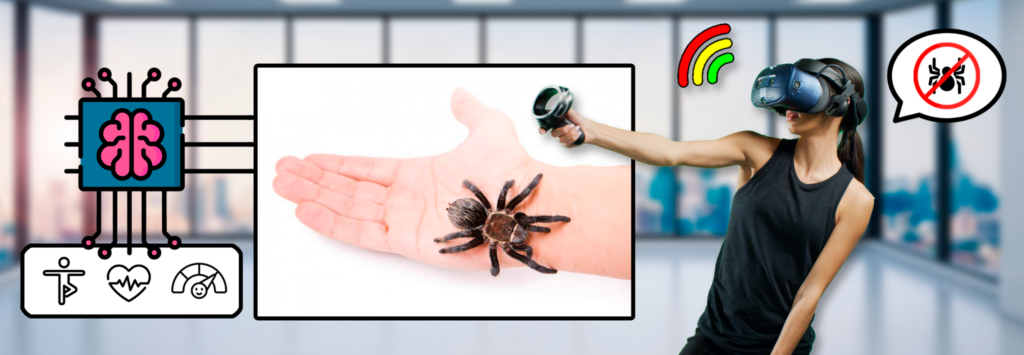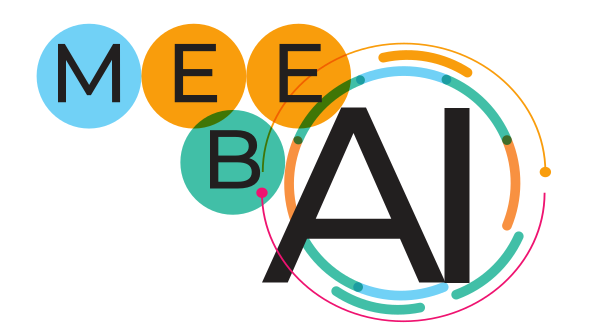PHACEIT: PHobia and Autistic Care Environmentinside an Immersive Training system

Esta web es parte del proyecto de I+D+i PID2022-138453OB-I00, financiado por MCIN/ AEI/10.13039/501100011033/ y “FEDER Una manera de hacer Europa”

Our hypothesis is that an assistance system for people with some kind of disability or phobia must be able to adapt to the particularities of each individual. Until now, most of the systems focused on these people did not allow this adaptation. To test our system we will use two scenarios: people with autism spectrum disorder (ASD) and people with phobias. In addition to the fact that the system will have to be able to adapt to each group, since their characteristics are different, it will also have to adapt to each individual. For example, within ASD there are different degrees and within each degree each individual may have different needs. It should be noted that there are many different types of phobias and in this project we will focus on specific social phobias (phobias generated in specific social situations, such as public speaking (glossophobia), working with a work group, sharing a working lunch, etc.).
Therefore, the main goal of this project is to specify, design and test a system that, using virtual, augmented and mixed reality technologies, can be adapted to the characteristics of the patient to be treated. The system to be developed will be used both for a phase that we have called training, where it will be possible to perform targeted assistive therapies, and for a phase of daily help that will allow the individual to manage better in their daily life. Both phases will be worked on separately as they involve related but different individual objectives.
Therefore, the main goal of this project is to specify, design, and test a system that, using virtual, augmented, and mixed reality technologies, can be adapted to the characteristics of the individual to be treated. The system to be developed will be used both for a phase that we have called training, where it will be possible to perform targeted assistive therapies, and for a phase of daily help that will allow the individual to manage better in their daily life. Both phases will be worked on independently because they involve related but distinct individual goals.
In order to achieve this general goal, we have defined 5 work packages:
- Work package 1: Specification and design of the system.
- Work package 2: Development of an immersive reality system for training adapted to the characteristics of each individual.
- Work package 3: Development of a daily assistance system to improve quality of life.
- Work package 4: Provide training and assistance to people with ASD and phobias.
- Work package 5: Carry out a coordination of the proposed objectives and the dissemination of the results of the project.







